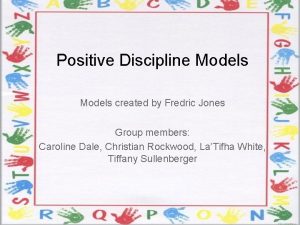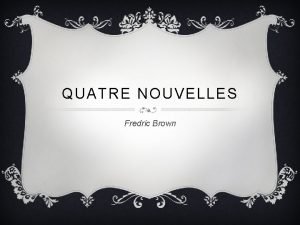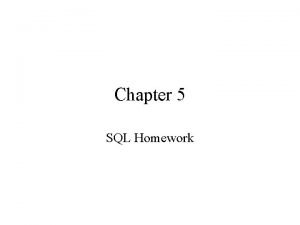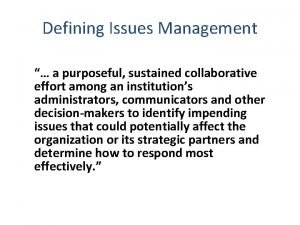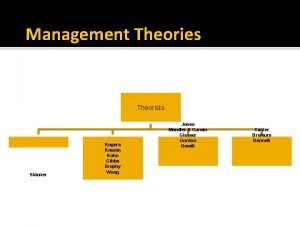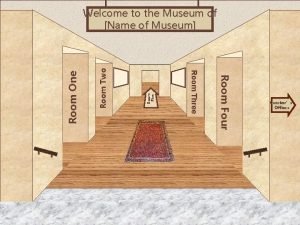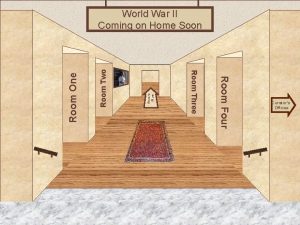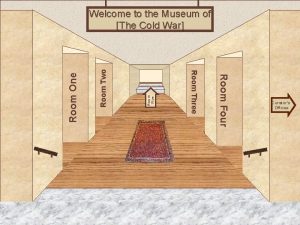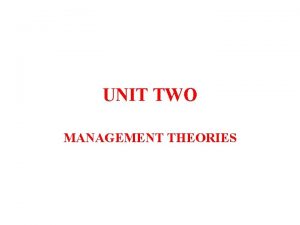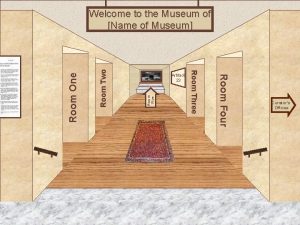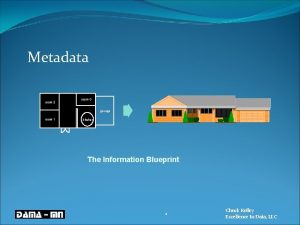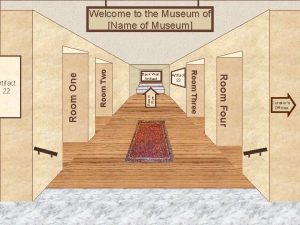The class room management theories of Fredric Jones













- Slides: 13

The class room management theories of Fredric Jones By Holly Hosmer

Fredric Jones Developed his theory for Positive Classroom Management in order to help teachers address the wide variety of behavior problems with students by supporting positive behavior no matter the grade level.

Jones Believes in the following: 1. Classroom management procedures must be -Positive: They must be gentle, affirm the student, set limits, and build cooperation in the absence of coercion. -Economical: The must be practical, simple, and easy to use once they are mastered. They must reduce the teacher’s work load (Jones, 1987 a p. 9) 2. There are four groups of fundamental skills of a classroom management. -Developing classroom structures, including rules, procedures, and physical arrangements. -Remaining calm and using body language to set limits. -Teaching students cooperation and responsibility -Providing backup systems. 3. Time and its allocation are important resources for teachers. (This is all from the book)

The role and Responsibilities of a Teacher. Jones believes that to be an effective educator, Not only do they have to build positive classroom discipline but they should also be effective my modeling out the correct behavior and to use the right classroom management methods.

Conveying Dignity and Respect to your students. Teachers can convey dignity and respect by: -Calling students by their first names -Treating all students equally as much as possible -Showing genuine interest in students by asking about hobbies, recreation, music, and entertainment choices -Striving for cooperative and collaborative endeavor with students and asking them what class rule they think are needed -Speaking to students in a firm but relaxed tone.

Activity! This is an example from the book. How would you react? Fayetta Creecy was a student teacher in a seventh-grade social studies class. Her lesson plans were excellent, her teaching skills were good, and she demonstrated good interpersonal skills, except for one aspect. After 3 weeks of observation and 4 weeks of teaching, she still did not know the students’ names. Because Ms. Creecys’ lessons included lots of questions, she continually had to point to a student and say something like “Yes, you. ” When asked why she did not know the names of the students, Ms. Creecy replied that she taught four classes of social studies per day and simply could not learn the names.

Activity Questions 1. If you were a student in Ms. Creecy’s class, how would you feel about her inability to use names to call on students? 2. What effect is her not knowing names having on her management? 3. As an educator, what advice or tips would you give Ms. Creecy to help her learn the name of her students? 4. How would this advice vary if Ms. Creecy was had been in a 1 st-grade classroom? In a 5 th-grade classroom? In an 11 th-grade class room?

The main part of Jones’s theory is that he believes teachers should be exemplary planners and should know how to convey a positive classroom environment that will help students learn. To build classroom discipline, the educator much build a environment of dignity

CHEAP Jones believes that teachers should use positive and “cheap” classroom management skills. By Cheap, Jones means that the techniques used should require not much planning and very little

Activity! This is an example from the book. How would you react? It had taken 2 weeks, but Christie Nasta, a first year teacher, finally had developed an elaborate management place for her class. “There’s no way they can misbehave now. ” she said to Mr. Panchison, an experienced teacher. “I’ve spent days thing of every possible misbehavior and the consequences for each one. Then I created a bored for the front of the room with all my students’ names along with a list of penalties and a point system that takes into consideration the severity of each action. With all the reminders and warnings posted though-out the room, no ne will get away with anything. ” Two weeks later, Ms. Nasta stopped Mr. Panchison in the hall. “Something’s wrong, ” she began. “My new management system seems to limit misbehaviors, but it’s taking all my time. I think I’m spending more time watching for misbehaviors than I spend teaching. And keeping track of all the points in a pain. What did I do wrong? ”

Activity Questions 1. Does Christie Nasta’s management system meet your criteria for a cheap system? 2. Based on the idea of Jones, what advice would you give Ms. Nasta to change her system and make it cheap?

Arranging the Classroom According to jones, classroom arrangement helps a teacher use mobility and proximity as part of management. The best room arrangement should: -Allow the teacher to reach any student in the room quickly. -Provide walkways -Move the students forward in the room -Move the teacher’s desk to a corner or the back over the room Upper elementary and secondary: Jones suggests using small pieces of masking tape to mark the placement of desk in the classroom. These visual prompts can be colored with markers to provide guides for different class arrangements such as small groups. From the book.

 Fredric jones
Fredric jones Fred jones positive classroom discipline
Fred jones positive classroom discipline Baripity
Baripity Vaudou brown
Vaudou brown Fredric cyon
Fredric cyon Jameson postmodernism
Jameson postmodernism Fredric meyer mayo clinic
Fredric meyer mayo clinic Living room bedroom
Living room bedroom Doris lessing to room nineteen summary
Doris lessing to room nineteen summary Hotel database sql queries
Hotel database sql queries Chase and jones issues management model
Chase and jones issues management model Dreikurs classroom management theory
Dreikurs classroom management theory Cgoogle calendar
Cgoogle calendar Google classroom chrome
Google classroom chrome

